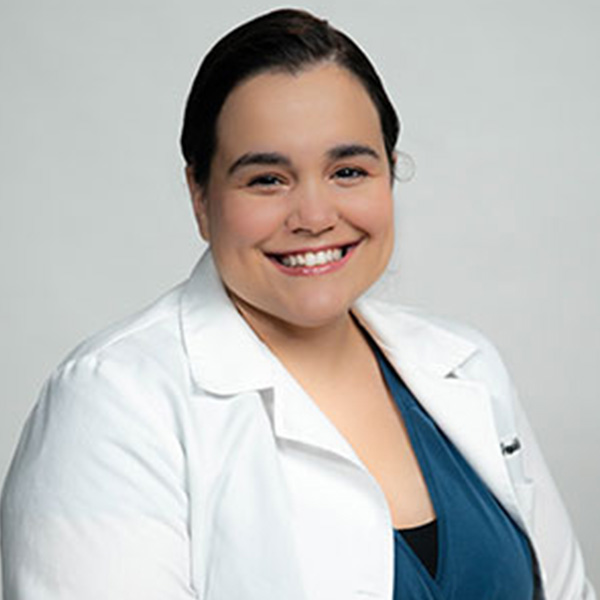November Is Diabetes Awareness Month
Diabetes is the seventh leading cause of death in the United States. It is a condition in which your body either doesn’t make insulin or cannot use it in the way that it should. When you eat food, your body breaks down what you eat into sugar or “glucose”, and then releases it into your bloodstream. When your blood sugar goes up (hyperglycemia), it signals your pancreas to release insulin, which then allows blood sugar in your cells to use as energy. With diabetes, your body either doesn’t have enough insulin or cannot use it in the correct way which can cause too much blood sugar to stay in your bloodstream. Over time, this can cause serious health problems such as heart disease, kidney disease, and vision loss.
Type 2 diabetes is the most common and can be managed with lifestyle changes or even prevented altogether. Type 2 diabetes is most common among people older than 40. Type 1 diabetes is usually found in children and young adults and cannot be prevented.
What Is Happening?
Type 1: Your body is unable to make any insulin
Type 2: Your body cannot make ENOUGH insulin or the insulin you make does not work properly
What Causes It?
Type 1: Cause is unknown
Type 2: Some risk factors may include things like family history, weight, a poor diet, etc.
Risk Factors That Lead to Diabetes
Type 1: If you are a child or teenager, you have a parent or sibling with the condition, or you are likely to carry the gene that is linked in diabetes
Type 2: If you are overweight, are age 45 or older, have a parent or sibling with the condition, are not physically active, have had gestational diabetes, have prediabetes, have high blood pressure, high cholesterol, or high triglycerides (body fat)
What Are Some Symptoms?
Frequent urination
Feeling very tired or weak
Increased thirst
Increased hunger
Blurred vision
Unexplained weight loss
Cuts and wounds that take longer to heal
How Do We Maintain?
Type 1: Regular blood sugar self-monitoring as well as daily insulin intake
Type 2: Lifestyle changes such as weight loss and exercise; possible medications that help the body release or use its own natural insulin
Possible Complications
High blood sugar can damage organs and tissues throughout the body. The longer you live with high blood sugar, the greater at risk you are for health complications. Complications can include:
Heart disease, heart attack, stroke
Neuropathy
Nephropathy
Retinopathy/vision loss
Hearing loss
Foot damage, infections, sores that don’t heal
Skin conditions
Depression
Dementia
How Can I Get Tested for Diabetes?
Early diagnosis can be easily accomplished by a simple testing of one’s blood glucose level
What’s A1C?
According to the American Diabetes Association, A1C can identify prediabetes, which raises your risk for diabetes. It can be used to diagnose diabetes. And it’s used to monitor how well your diabetes treatment is working overtime by measuring your blood sugar levels. A1C target levels can vary by person based on age and other factors. Therefore, not everyone’s target number will be the same. The higher the percentage, the higher a person’s blood sugar levels over the past two to three months. This is a great screening to help people understand whether they are at risk for diabetes, and this way they can begin to focus on making lifestyle changes to help prevent being diagnosed.
Prediabetes
According to the CDC, in the U.S, more the 1 in 3 adults have prediabetes, and more than 8 out of 10 of them don’t even know they have it. If you are diagnosed with prediabetes, this means that your blood sugar levels are higher than normal, but not high enough yet to be diagnosed with type 2 diabetes. It is important to take prediabetes seriously and make the recommended lifestyle changes required to prevent having type 2 diabetes. One thing to also note is that prediabetes is reversible, therefore if you do what it takes you can potentially reduce your levels back to normal and will no longer be at risk for diabetes.
Gestational Diabetes
Gestational diabetes is a type of diabetes that develops in pregnant women who have never had diabetes. If you are pregnant and develop this, it puts your baby at higher risk for developing health problems and/or diabetes as a child or teen. Gestational diabetes may go away once your child is born but it could increase your risk of developing type 2 diabetes in the future.
How Can BHA Help?
Schedule a visit with your provider today
Ask about our advance diabetes management program
See our diabetes educator
Schedule a diabetes diagnostic visit today- update vaccines, eye exam, foot exam and review medications
Did You Know If You Have Diabetes You Should See …..
a dentist every year?
Podiatrist every year?
Vision exam every year?
— we can provider all of those services at BHA
Diabetes Stressing You?
Schedule with behavioral health today. Talk to your doctor if you suspect you may have or be prone to diabetes.



















































































































































